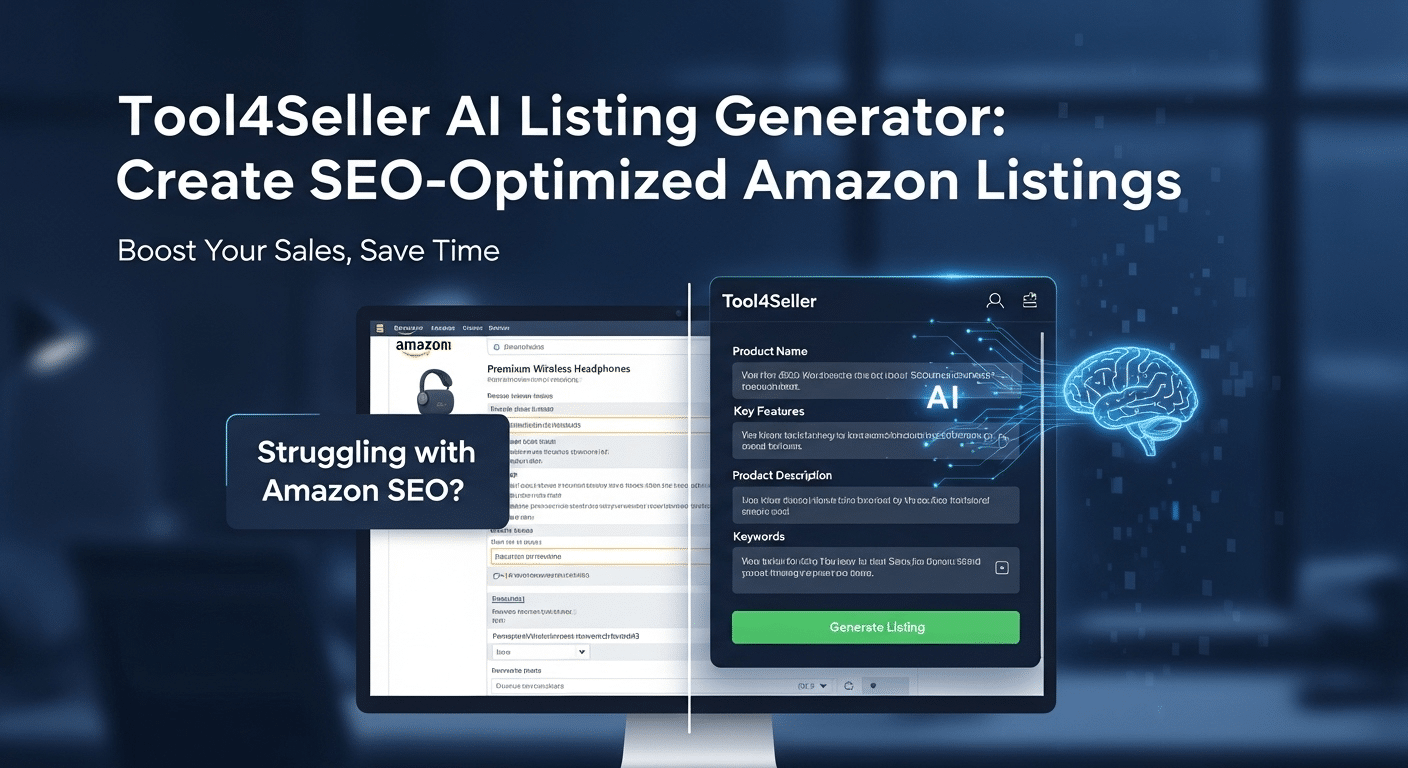Let Your Product Do the Talking【Part three】

We talked about six cases last time on product descriptions and a lot of skills for applied scene writing.You may refer to that article for more reference.Today we are going to dig further into the secrets of product copywriting.
4 Tips on Writing Good Product Descriptions
1,Focus on product usage
Without your product, how will customer handle with related problems? What changes your product brings to the customers? How the customer feels when using your product? The keys here are changes and user experience. Let’s take Happy Socks for example. Socks are daily necessities for everyone but usually get ignored by us. Happy Socks changed that by improving their socks as a symbol of fashion and sophistication. Therefore,their customers wear socks in line with their lifestyle.
2,Focus on feelings & emotions
Product descriptions is never done with product itself. More of it relates to the emotions the product brings.Like shampoo for dogs. Besides giving features of the shampoo,you will need to present the user scene when a master cleans his or her poppy with the shampoo. The user scene will offer a contrastive picture.
3,Brand story matters
How a product develops is quite a good story to tell. It is especially helpful if the story tells about the efforts you make to solve some pain points of customers. Below is a sample story.
① Tell about the pain: people spill their coffee all the time.
② I share the same problem: it destroyed my table and lots of important paperwork.
③ I decide to solve the problem: I made decision to solve it after the spilled coffee cost me a very important to do list.
④ Offer solution: I studied a lot of data and spent thousands of days to design a cup that can fix this issue.
⑤ Convey values of the product: I simply want to help coffee lovers to enjoy their coffee without any worry about spilling it.
4,Make it easy to read and spread
Make all your advertising slogans and bullet points easy to read and spread, just like what Nike insists: Just Do It. Or you can launch a voting topic on social platform to allow your users choose a better slogan for you. A-ha! Got you another good story to tell on user interaction.
Avoid exaggeration in Six Details
1,Do not Use Superlative Forms
Customers will think you are boasting when they notice any superlative forms you used in descriptions such as “the best”, “the most beautiful” or “the cutest” unless there are any real backups such as opinions or judgement from big figures,online celebrities or authoritative third parties. Google AdWords policies forbid people use superlative forms to promote their products or services: “Users are prohibited from using descriptions of ‘best’ and ‘better than’ in promotion copywriting in the absence of third-party endorsement or acknowledgement”.
2,Do not Use Exclamation Mark
It is indeed a visual noise for customers in some degree even though lazy seller attempting to use it to show excitement.
3,Never Claim for Anything Unreal
Offer solid evidence for product effect.”you’ll shed pounds without dieting or exercise””the blender that gives your vegetables four-star taste””a scent that no man can resist”Above descriptions will only make you in trouble.
4,Avoid Meaningless Adjectives
Many of you may put a lot of adjectives such as “miniature”,”durable”, “soft”,”contemporary” to help consumers know the product. And a lot of meaningless interjections such as “amazing”,”exciting”,”fascinating”and so on. Trust me,they will do you no help in getting customer understand your product.
5,Save the Terms
Always remember to put yourself on customer’s shoes. It is not important what kind of woods that the furniture is made of. What important is whether it is durable, comfortable and environment-friendly? And how can you prove it? Try with the most understandable and plain words with true evidence. This kind of benefits will count.
6,Avoid Passive Voice
We use passive voice in business documents to show objective and official. Yet, copywriting is all about interaction. Therefore we should use more active voice.
Examples:
We made a correct decision.
Active voice with a subject, very succinct and easy to understand.
A correct decision was made by us. Passive voice, very official.
About Tool4seller
A best-in-class Amazon seller tool that is specialized in sales& profits analytics, PPC optimization, keyword research, competitor tracking, instant alerts for listing hijacking, price changing, and inventory updates, etc.


